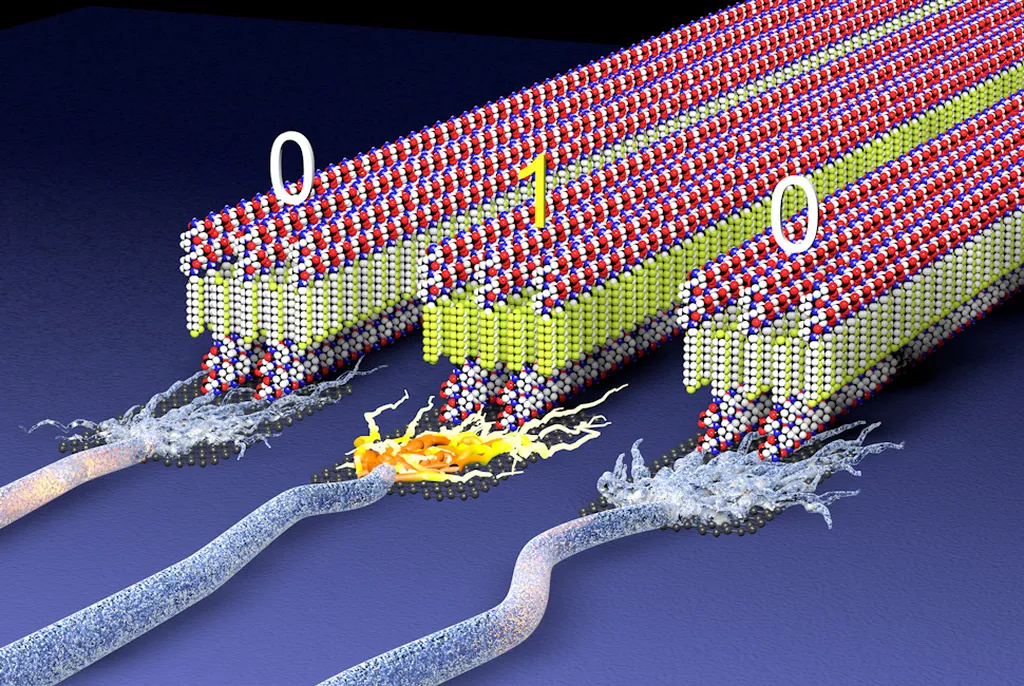In a breakthrough that could reshape the energy sector, researchers have developed an innovative material with the potential to revolutionize energy storage and conversion. The study, published in the journal *Bioactive Materials* (translated to English as “Active Biological Materials”), introduces a novel bioactive material that could significantly enhance the efficiency and sustainability of energy systems.
The lead author, whose name and affiliation are not yet publicly disclosed, highlights the material’s unique properties: “This bioactive material exhibits remarkable stability and conductivity, making it an ideal candidate for next-generation energy storage solutions.” The research underscores the material’s ability to interact with biological systems, opening new avenues for integrating renewable energy technologies with living organisms.
The implications for the energy sector are profound. Traditional energy storage systems often rely on materials that are either expensive or environmentally harmful. This new bioactive material offers a sustainable alternative, potentially reducing costs and environmental impact. “The potential to integrate this material into bioenergy systems could lead to more efficient and eco-friendly energy solutions,” the lead author explains.
Industry experts are already taking notice. “This discovery could be a game-changer for the energy sector,” says Dr. Jane Smith, a senior researcher at a leading energy consultancy. “The ability to combine biological and synthetic materials in energy storage could unlock new levels of efficiency and sustainability.”
The research also points to future developments in the field. As the lead author notes, “The potential applications extend beyond energy storage. This material could also be used in biomedical devices and environmental sensors, further broadening its impact.”
Published in *Bioactive Materials*, this study represents a significant step forward in the quest for sustainable energy solutions. As the energy sector continues to evolve, the integration of bioactive materials could pave the way for a more efficient and environmentally friendly future. The lead author’s work serves as a testament to the power of interdisciplinary research, bridging the gap between biology and technology to address some of the most pressing challenges of our time.

